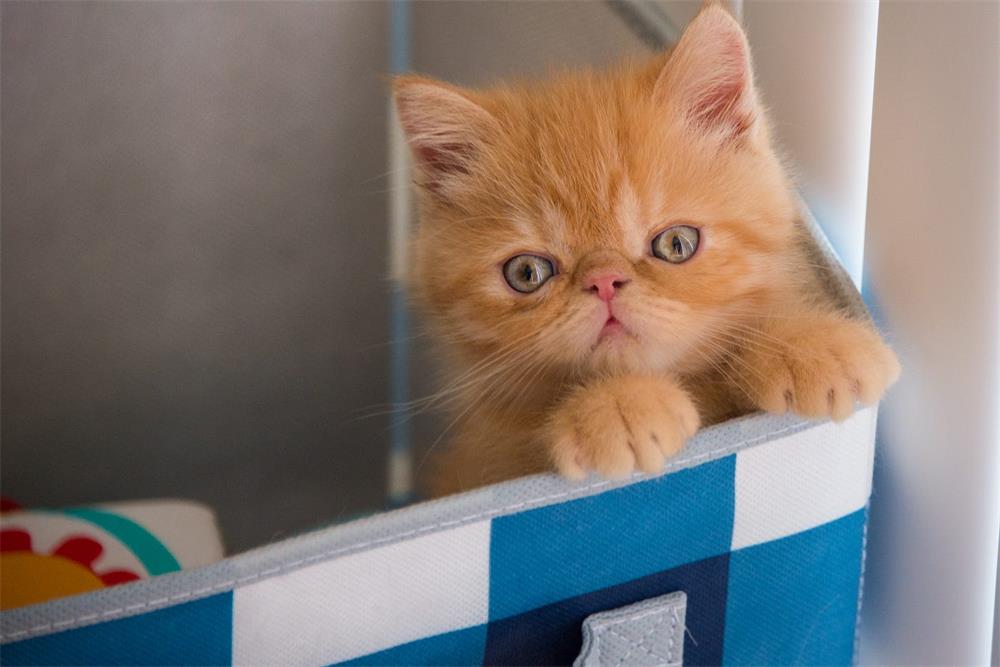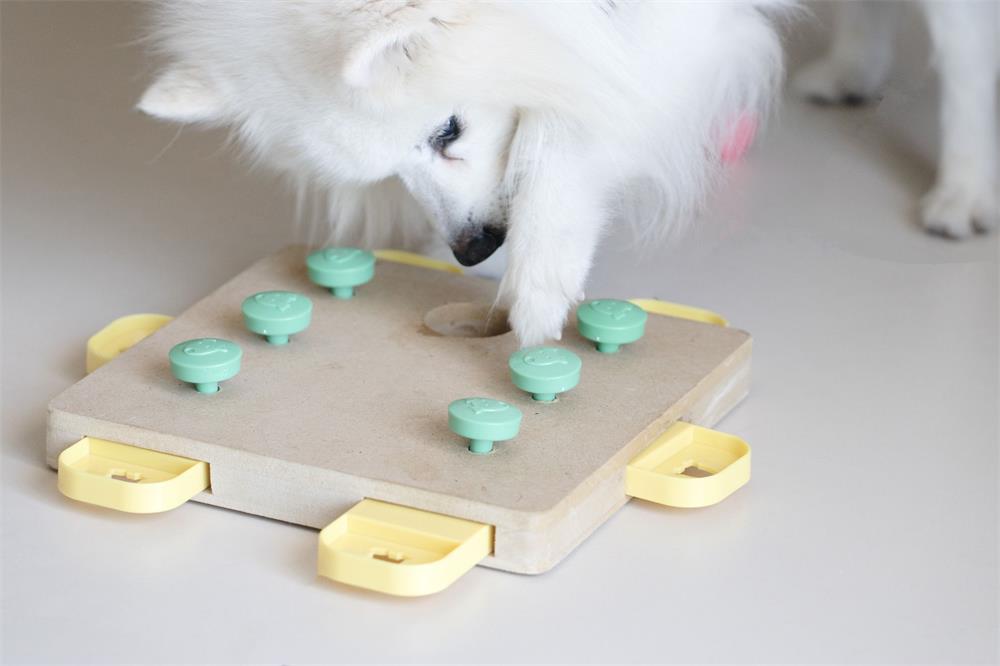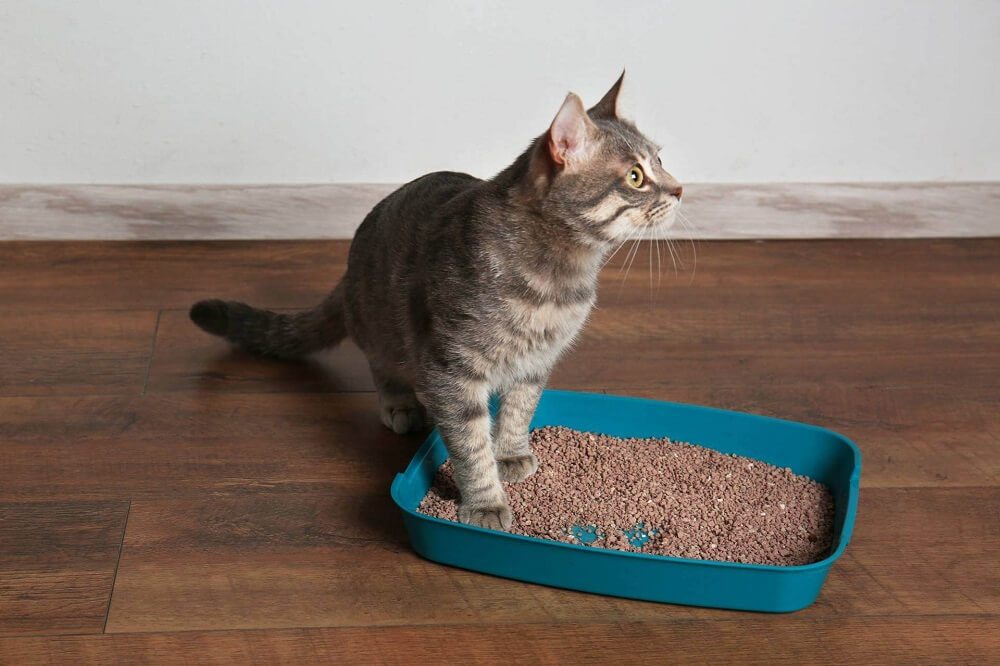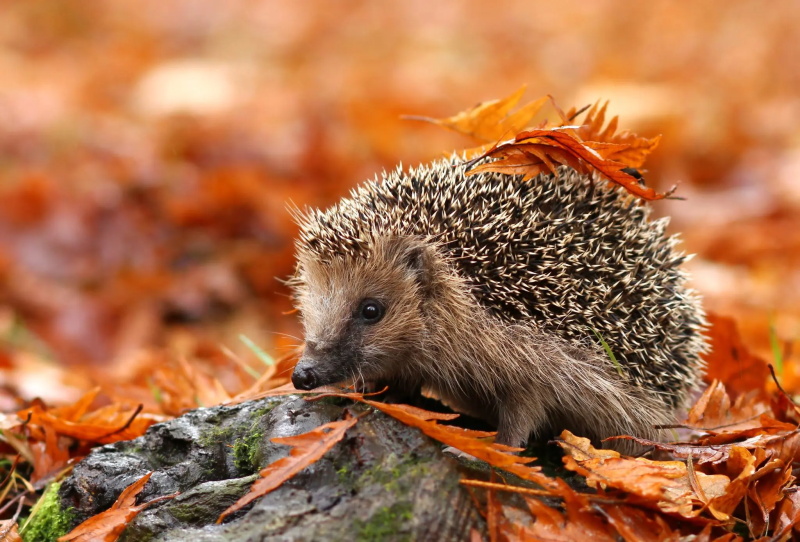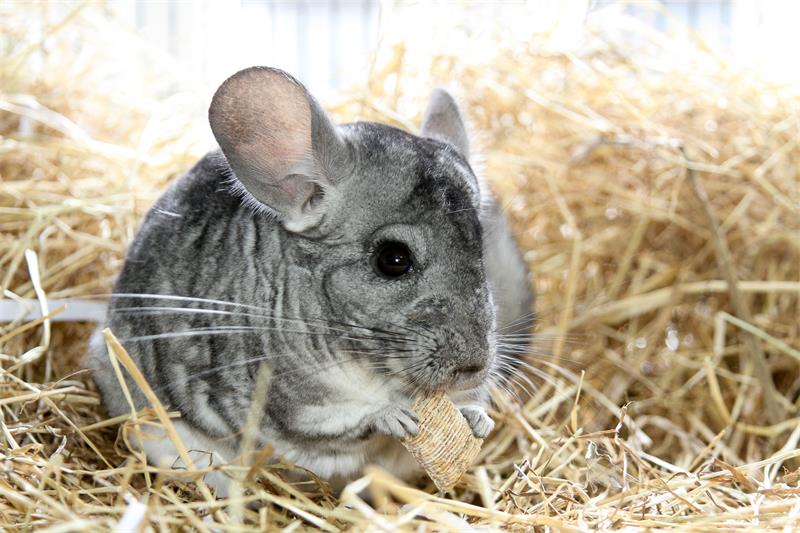Cats are curious and playful creatures, but sometimes their curiosity can get them into trouble. If your cat encounters a bee or wasp, it may try to catch it or play with it, which can result in a painful sting. While most cats will only experience mild discomfort and swelling from a sting, some cats may have an allergic reaction that can be life-threatening. Therefore, it is important to know how to recognize and treat a bee or wasp sting in your cat.
Signs of a Bee or Wasp Sting in Cats
The most common signs of a bee or wasp sting in cats are:
- Sudden vocalization or distress
- Limping or favoring a paw
- Scratching or licking the affected area
- Swelling, redness, or heat at the sting site
- Drooling or vomiting
- Difficulty breathing or swallowing
- Collapse or loss of consciousness
The most common places for cats to get stung are the face, nose, mouth, and paws. These are the areas that cats use to investigate and interact with insects. However, stings can occur anywhere on the body.
How to Treat a Bee or Wasp Sting in Cats
If you suspect that your cat has been stung by a bee or wasp, you should take the following steps:
- Stay calm and try to comfort your cat. A stressed cat may scratch or bite you.
- Check the sting site for a stinger. Bees leave behind their stingers when they sting, while wasps do not. If you see a stinger, try to remove it by scraping it off with your fingernail or a credit card. Do not use tweezers or squeeze the stinger, as this may release more venom into your cat’s skin.
- Apply a cold compress to the sting site to reduce swelling and pain. You can use ice wrapped in a towel or a bag of frozen peas. Do not apply ice directly to your cat’s skin.
- Monitor your cat for signs of an allergic reaction. These include hives, difficulty breathing, vomiting, diarrhea, pale gums, low body temperature, rapid or slow heart rate, and collapse. If you notice any of these signs, call your vet immediately and take your cat to the nearest emergency clinic. Your cat may need an injection of an antihistamine, steroids, or epinephrine to counteract the effects of the venom.
- If your cat does not show signs of an allergic reaction, you can give them some Benadryl (diphenhydramine) to help with itching and inflammation. The dose is 1 mg per pound of body weight every 8 hours. For example, if your cat weighs 10 pounds, you can give them 10 mg of Benadryl every 8 hours. You can use liquid Benadryl or crush a tablet and mix it with some wet food. Do not use Benadryl that contains other ingredients such as acetaminophen or pseudoephedrine, as these can be toxic to cats.
- Contact your vet for further advice and follow-up care. Your vet may prescribe some painkillers or antibiotics to prevent infection.
How to Prevent Bee or Wasp Stings in Cats
The best way to prevent bee or wasp stings in cats is to keep them away from these insects. Here are some tips:
- Keep your cat indoors as much as possible, especially during spring and summer when bees and wasps are more active.
- If you let your cat outside, supervise them closely and keep them away from flowers, garbage cans, picnic areas, and other places where bees and wasps may be attracted.
- If you see a bee or wasp near your cat, distract them with a toy or treat and move them away from the insect.
- If you have a beehive or wasp nest on your property, call a professional pest control service to remove it safely. Do not attempt to do it yourself, as you may provoke the insects and put yourself and your cat at risk.
- If you use insect repellents or killers to deter bees and wasps, make sure they are safe for cats and keep them out of your cat’s reach. Some products may contain chemicals that can harm your cat if they inhale or ingest them.
Bee and wasp stings can be painful and scary for your cat, but with prompt and proper treatment, most cats will recover quickly and without complications. However, some cats may have an allergic reaction that can be life-threatening, so it is important to monitor your cat closely and seek veterinary attention if needed. By following these tips, you can help your cat avoid getting stung and enjoy the outdoors safely.


